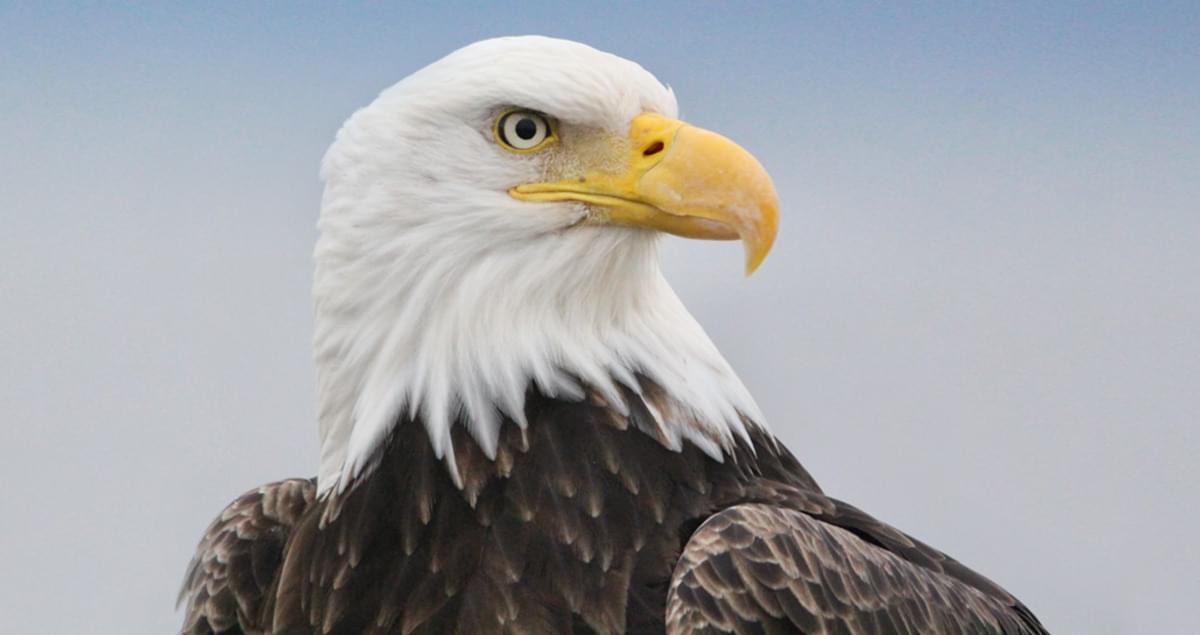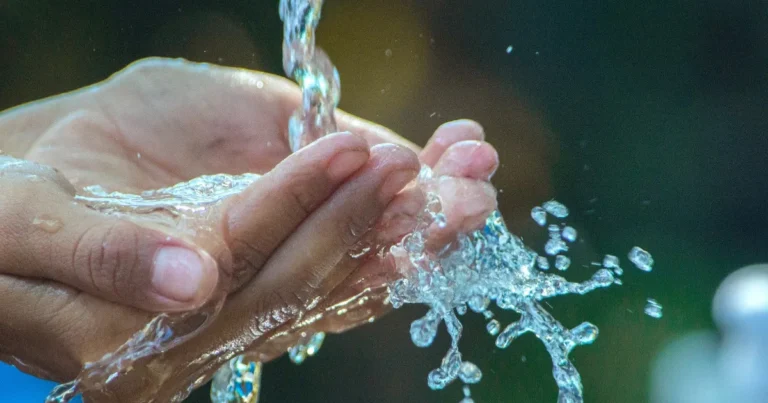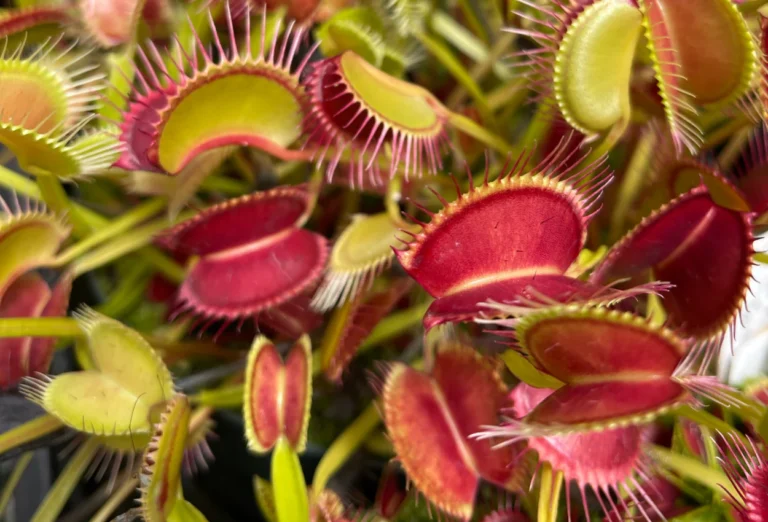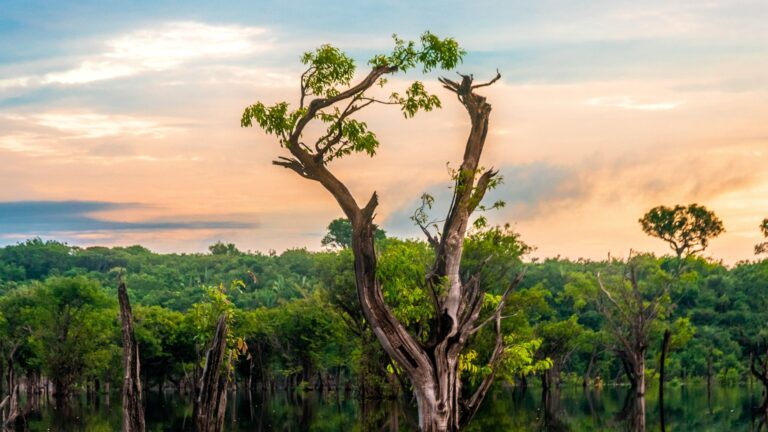Immerse yourself in the awe-inspiring, yet heart-wrenching, world of endangered species. This comprehensive guide brings a fresh perspective for all wildlife enthusiasts, shining a light on the incredible species that are on the brink of extinction. Providing an in-depth exploration, the ensuing content is not only informative but also a call to action for those passionate about preserving our planet’s diverse fauna.
Spanning across continents and habitats, the guide profiles various endangered species—each with their own unique story of survival. From the majestic tigers of Asia to the quirky kakapo of New Zealand, you will be introduced to these magnificent creatures, their fascinating behaviors, characteristics, and the challenges they face in their fight for survival. 🌍🐅
Beyond the engaging profiles, this guide delves into the key reasons behind the alarming decline of these species. The culprits—habitat destruction, climate change, illegal wildlife trade, and more. A clear understanding of these causes not only educates but also emphasizes the urgent need for conservation efforts. 🌲🌡️🦏
However, it’s not all doom and gloom. You will discover the inspiring conservation success stories that fuel hope for our endangered species. Highlighting the tireless work of conservationists, the guide showcases how collective efforts can turn the tide for these species, encouraging readers to join in the fight for wildlife conservation. 👏🐼
Concluding with practical ways to get involved, this guide aims to ignite a spark in the hearts of wildlife enthusiasts. Empowering with knowledge, it urges action towards a brighter future where every species thrives in its natural habitat. So brace yourself for an enlightening journey into the lives of our planet’s most precious inhabitants. 🌎🐾
Understanding Endangered Species
In the field of wildlife conservation, the term “endangered species” is used to describe any species that is in imminent danger of extinction. This means the population of these species has decreased to a point where it may not recover. The causes behind this alarming situation are varied and often intertwined, spanning from habitat destruction, pollution, to illegal hunting and climate change.
Criteria for Endangerment
For a species to be classified as endangered, it must meet certain criteria outlined by the International Union for Conservation of Nature (IUCN). These criteria include a severe reduction in population size, very small or declining area of occupancy, very small population size or fragmentation, and a quantitative analysis indicating the likelihood of extinction in the wild is at least 20% within 20 years or five generations.
Significant Endangered Species
There are several species across the globe that are endangered. The following are some that wildlife enthusiasts should be aware of.
The Black Rhinoceros
The black rhinoceros is native to eastern and southern Africa and is considered critically endangered due to poaching and black-market trafficking of rhino horn. Despite conservation efforts, there are only about 5,000 black rhinos left in the wild today.
The Mountain Gorilla
With less than 1,000 individuals left, the mountain gorilla is another critically endangered species. The threats to its survival include habitat loss due to forest degradation and human settlement, along with poaching.
The Amur Leopard
Native to the Russian Far East, the Amur leopard is one of the most endangered cats in the world, with an estimated 60 individuals left in the wild. The loss of its habitat due to logging, forest fires, and land conversion for farming has pushed this leopard to the brink of extinction.
The Vaquita
The vaquita, a small porpoise found in the northern Gulf of California, is considered the most endangered marine mammal on Earth. Fewer than 20 individuals are believed to exist today. Its decline is largely due to accidental entanglement in illegal fishing nets.
Esforços de Conservação
While the situation may seem dire, it’s not without hope. Conservation efforts are underway around the globe to protect and revive these endangered species.
Legal Protections
Numerous international laws and treaties are in place to protect endangered species. The Convention on International Trade in Endangered Species (CITES) is a key player in this regard, regulating trade in wildlife to ensure it doesn’t threaten their survival.
Conservation Programs
Various conservation programs, both governmental and non-governmental, work tirelessly to protect endangered species and their habitats. They engage in activities such as habitat restoration, community education, and anti-poaching initiatives.
Breeding Programs
For species with drastically reduced population numbers, captive breeding programs are often initiated. These programs aim to increase population numbers and reintroduce animals into the wild once conditions are suitable. The California condor and the Arabian oryx are success stories of such programs.
The Role of Technology in Conservation
Today, modern technology plays a crucial role in wildlife conservation. Innovative solutions are helping to monitor and protect endangered species in ways that were not previously possible.
Drone Technology
Drones are being used to monitor wildlife populations, track poaching activity, and even distribute seeds in deforested areas. These unmanned aerial vehicles provide an efficient and non-invasive method of observing wildlife.

Satellite Imaging
Satellite imaging and remote sensing technologies provide valuable data about habitat conditions and changes. This information can be used to detect threats such as deforestation, poaching, and climate change effects.
Artificial Intelligence (AI)
AI technologies are being used to predict and prevent wildlife crime. Machine learning algorithms can analyze data from various sources and predict poaching activity, enabling authorities to take preventive action. AI is also used to process camera trap images and identify species automatically, saving time and improving accuracy.
Ecological Importance of Endangered Species
Each species plays a specific role in the ecosystem, and the loss of even one can lead to significant consequences. Predators help control prey populations, herbivores influence plant communities, and pollinators maintain flowering plant diversity.
When species go extinct, ecosystems become imbalanced. For example, the decline of sea otters has led to the overpopulation of sea urchins, which in turn has devastated kelp forests. Protecting endangered species helps preserve the delicate equilibrium of nature.
Community Involvement in Wildlife Conservation
Local communities are often the first to witness the impact of biodiversity loss. By involving them in conservation initiatives, these efforts become more sustainable and effective. Eco-tourism, wildlife stewardship programs, and community patrols are examples of how local populations can contribute to protecting endangered species.
Education and income generation are key. When communities benefit economically from protecting wildlife, they are more likely to become long-term allies in conservation.
Conservation Success Stories
Despite the challenges, there have been remarkable successes in the realm of wildlife conservation.
The Giant Panda
Once on the brink of extinction, the giant panda has seen a resurgence thanks to concerted efforts by the Chinese government and conservation organizations. Their population has grown steadily, and in 2016, the species was reclassified from “endangered” to “vulnerable.”
The Bald Eagle
In the United States, the bald eagle has made a remarkable comeback. Due to a ban on the pesticide DDT and legal protections, their numbers soared from just over 400 nesting pairs in the 1960s to more than 10,000 today. This resurgence of America’s national bird is not only a symbol of national pride but also one of the greatest conservation success stories of the 20th century.

The bald eagle faced near extinction due to several compounding factors. The widespread use of DDT, a synthetic pesticide introduced in the 1940s, caused thinning of eggshells, making it difficult for eagles to reproduce successfully. Additionally, habitat destruction and illegal shooting further reduced their numbers. By the early 1960s, bald eagles were on the brink, and alarmed conservationists began raising awareness of their plight.
The turning point came in 1972, when the United States banned the use of DDT. This decision, coupled with the inclusion of the bald eagle under the Endangered Species Act of 1973, marked the beginning of its recovery. Habitat protection, nest monitoring, education campaigns, and the enforcement of strict legal penalties for harming eagles all played a significant role in reversing their decline.
Federal and state agencies, along with non-governmental organizations, undertook comprehensive monitoring and reintroduction programs. In some cases, eaglets from healthier populations were relocated to bolster weaker ones. Artificial nests were built to encourage breeding in areas where natural nesting had ceased. Volunteers and wildlife professionals alike worked tirelessly to protect nests and ensure the successful fledging of chicks.
By the late 1990s and early 2000s, results were increasingly visible. Eagle populations rebounded, expanding their range into areas where they had not been seen for decades. In 2007, the bald eagle was officially removed from the federal list of endangered and threatened species—though it remains protected under the Bald and Golden Eagle Protection Act and the Migratory Bird Treaty Act.
Today, bald eagles are frequently seen near large bodies of water, particularly in the Pacific Northwest, the Great Lakes region, and Alaska. Their recovery is a reminder that with focused effort, public support, and sound science, conservation can yield incredible results. However, continued vigilance is necessary. Eagles still face threats from lead poisoning due to ingesting bullets in carrion, habitat encroachment, and climate change.
The story of the bald eagle serves as a testament to the power of coordinated conservation and the importance of legal protections. It also exemplifies the impact humans can have—both destructive and restorative—on the natural world. As we celebrate their return, we are reminded of our responsibility to protect not only eagles but all wildlife that shares our planet.
The Arabian Oryx
Declared extinct in the wild by the early 1970s, the Arabian oryx’s journey back to survival is one of the most notable examples of successful wildlife conservation. Once hunted to extinction in the wild due to poaching and habitat encroachment, the species was saved through the vision and collaboration of conservationists, zoological institutions, and governments in the Middle East and beyond. Captive breeding programs were initiated with just a handful of individuals in institutions such as the Phoenix Zoo in Arizona and wildlife centers in Saudi Arabia and Oman.

These carefully managed breeding efforts formed the basis of what would later be known as the “World Herd,” the source population for reintroduction. In the 1980s, the first reintroductions began in Oman, followed by efforts in Saudi Arabia, the United Arab Emirates, and Jordan. With strategic planning, protected areas, and constant monitoring, the oryx began to thrive again in its native desert habitat.
Today, more than 1,000 Arabian oryx live in the wild, and the species has been reclassified from “Extinct in the Wild” to “Vulnerable” on the IUCN Red List. These animals are primarily found in fenced reserves, where they are closely monitored and protected. The success of the Arabian oryx shows how international cooperation, scientific research, and long-term commitment can restore hope for species once thought lost forever.
How You Can Help
Protecting endangered species isn’t just the job of scientists or conservationists—it requires global participation. Here are a few ways you can contribute:
- Support reputable conservation organizations through donations or volunteering.
- Educate others about endangered species and the threats they face.
- Avoid products linked to habitat destruction, such as unsustainable palm oil.
- Reduce your carbon footprint to combat climate change.
- Participate in citizen science projects like animal tracking apps or habitat mapping.
Even small actions can create a ripple effect of change.
Conclusão
Understanding endangered species and the threats they face is the first step towards their preservation. While the challenges are significant, so are the efforts being made to protect these remarkable creatures and their habitats. Technology is playing a pivotal role in these efforts, offering innovative and effective solutions for wildlife conservation. As wildlife enthusiasts, we all have a part to play in this mission, whether it’s raising awareness, supporting conservation organizations, or advocating for policies that protect wildlife.
In conclusion, understanding and preserving endangered species is not merely an interest but a dire necessity. As our magnificent planet becomes increasingly beleaguered by human-induced changes, these species’ existence hangs in the balance, making this guide a crucial read for all wildlife enthusiasts.
The value of these threatened species goes beyond their aesthetic appeal. Each species plays an indispensable role in maintaining ecological balance. Hence, their survival equates to our planet’s well-being, and their extinction could trigger a domino effect, impacting entire ecosystems.
We hope that this guide has piqued your curiosity and ignited your passion for conservation. However, remember that knowledge alone is not enough. It’s important to convert this awareness into action. Take part in conservation initiatives, advocate for stricter wildlife protection laws, and practice sustainable living. After all, every small step counts when it comes to saving our planet’s endangered species.
In this fight for survival, it’s not just the wildlife that’s at stake—it’s the future of our planet. Let’s ensure that the echoes of the wild continue to reverberate, and not fade into a haunting silence. Let’s do our part to keep the ‘wild’ in ‘wildlife.’



